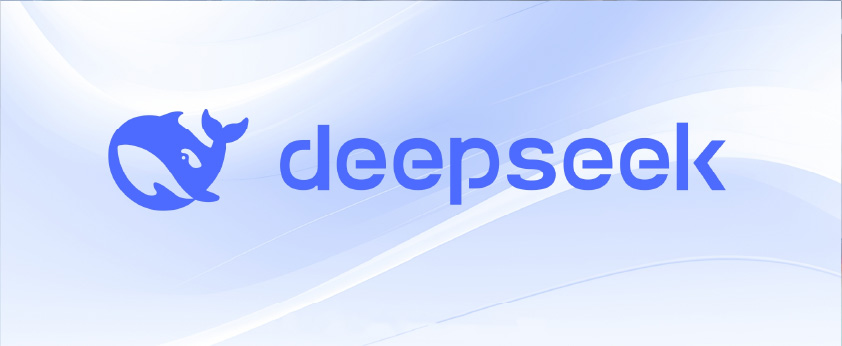
How DeepSeek’s Low-Power, Data-Efficient AI Model Outperformed Competitors
In a stunning upset that disrupted the AI arms race, China’s DeepSeek unveiled an AI model—dubbed R1—that matches the performance of U.S.-led counterparts while using cheaper hardware and far less computing power. The breakthrough, detailed in a recent research paper, has sent shockwaves through Silicon Valley and raised questions about the future of AI dominance. Here’s how DeepSeek pulled it off.
1. Reinforcement Learning: Teaching AI to Optimize Itself
Unlike traditional AI models that rely on massive labeled datasets (a slow, costly process), DeepSeek’s R1 leverages reinforcement learning. Here’s how it works:
● The model starts with a vast text corpus (broken into words, phrases, and punctuation).
● It trains itself by repeatedly adjusting parameters and rewarding successful outcomes. Over time, it learns to prioritize effective strategies for generating responses.This self-teaching approach slashes the need for expensive human-labeled data, reducing costs and training time.
2. “Hybrid Expert” Architecture: Smarter, Not Bigger
DeepSeek R1 breaks new ground with a “mixed expert” (MoE) design. Instead of relying on a single monolithic network, the model splits into specialized sub-networks, each excelling in different tasks (e.g., coding, math, creative writing). When faced with a query—like “How do I fix a Python error?”—R1 activates only the most relevant sub-network, ignoring irrelevant parts.This selective activation cuts energy use and computational demands by ensuring the model doesn’t waste resources on unrelated tasks.
3. Parameter Efficiency: Doing More With Less
While R1 boasts 671 billion parameters (on par with leading models like GPT-4), it cleverly limits their use:
● Only a fraction of parameters are active at any given time. For example, a prompt about baking cookies might engage language and recipe modules but ignore coding or physics parameters.
● This contrasts with older models, which activate all parameters for every task, draining energy and processing power.
4. Open-Source Strategy: Democratizing Access
DeepSeek made R1 open-source, allowing developers worldwide to tweak, improve, and integrate the model into their own products. This move:
● Accelerates innovation by tapping global talent.
● Undercuts competitors like OpenAI, whose closed models lock users into proprietary ecosystems.
● Positions DeepSeek as a leader in accessible AI development.
5. Cost Leadership: Beating Big Tech at Its Own Game
According to Artificial Analysis, a benchmarking firm, DeepSeek charges lower fees than many rivals for developers accessing R1. For example:
● Pricing per token (the unit of data AI processes) is cheaper than models from Anthropic or Google.
● Enterprises can deploy R1 on less advanced hardware, avoiding costly investments in cutting-edge chips.
Why It Matters: A Shift in AI Power Dynamics
DeepSeek’s success challenges the notion that AI leadership requires limitless funding and bleeding-edge hardware. By prioritizing efficiency, customization, and openness, the company:
● Threatens U.S. dominance in AI innovation.
● Offers a template for sustainable AI development in regions with fewer tech resources.
● Puts pressure on competitors to adopt similar cost-cutting strategies.
Yet challenges remain. Critics note R1’s ranking on platforms like Chatbot Arena (where it competes with models like GPT-4) fluctuates depending on the task. Moreover, its reliance on reinforcement learning—while efficient—may lack the nuanced understanding of human-curated datasets.
Still, DeepSeek’s R1 proves that smarter, not bigger, can win in AI. As the field matures, expect more players to adopt hybrid architectures, open-source models, and efficiency-first philosophies. The AI revolution just got cheaper, faster, and more unpredictable.
This analysis draws on DeepSeek’s technical paper, Chatbot Arena rankings, and reports from Artificial Analysis.





